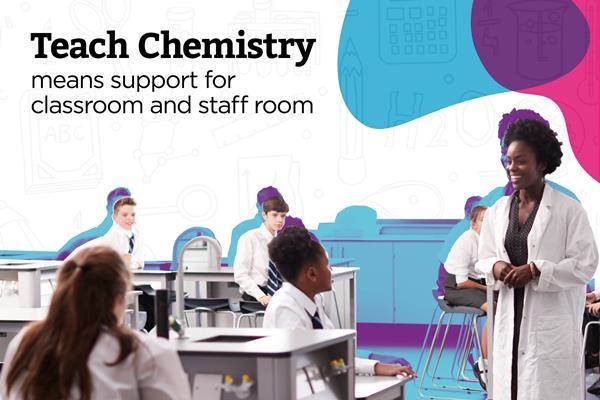Ensure chemistry students get the most out of practical work

Top tips from research to improve understanding and collaboration in practicals
Researchers have experimented with adding videos, homework and group activities to lessons with standard experiments for 14–16 classes. They uncovered a winning combination of resources and activities that improved their students’ understanding and ability to answer exam questions on practical experiments. In this article, principal teaching fellow in chemistry at the University of Southampton, David Read, explains the findings and how you could adapt them for your own classroom.
Thanks for using Education in Chemistry. You can view one Education in Chemistry article per month as a visitor.

Register for Teach Chemistry for free, unlimited access
Registration is open to all teachers and technicians at secondary schools, colleges and teacher training institutions in the UK and Ireland.
Get all this, plus much more:
- unlimited access to resources, core practical videos and Education in Chemistry articles
- teacher well-being toolkit, personal development resources and online assessments
- applications for funding to support your lessons
Already a Teach Chemistry member? Sign in now.
Not eligible for Teach Chemistry? Sign up for a personal account instead, or you can also access all our resources with Royal Society of Chemistry membership.



